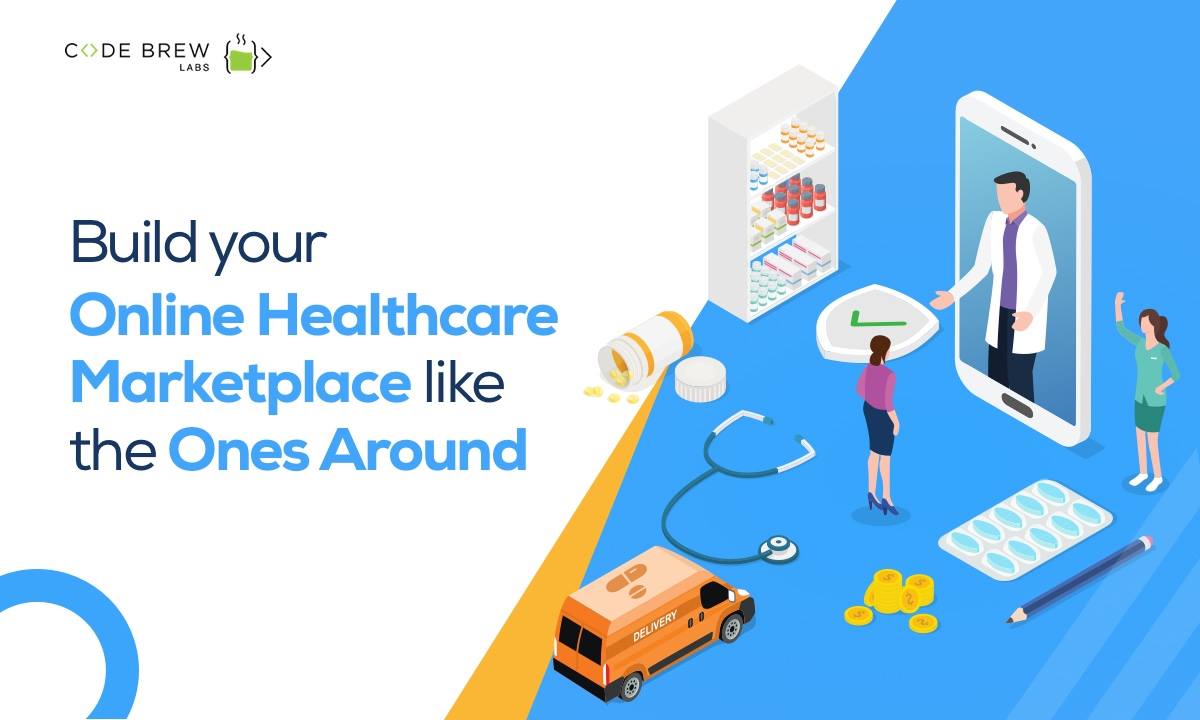The Effect of Subscription Based Healthcare on Standard Medical Practices
The Effect of Subscription Based Healthcare on Standard Medical Practices
Blog Article
Exactly How Subscription-Based Medical Care Is Transforming the Clinical Industry

The Rise of Subscription Healthcare
Over the last few years, the health care market has seen a considerable change towards subscription-based designs, showing wider consumer trends favoring convenience and predictability. This transformation is driven by the increasing need for even more tailored and obtainable care solutions. Registration healthcare, often referred to as attendant medicine or direct medical care, provides patients a set month-to-month charge for a series of clinical services, substantially changing conventional fee-for-service models.
The surge of membership healthcare is facilitated by innovations in modern technology, which allow streamlined interaction between people and providers - subscription based healthcare. Digital platforms and telehealth solutions have become indispensable, using people the capability to schedule consultations, access clinical records, and obtain assessments online. This technical combination not just improves person interaction yet likewise permits suppliers to deliver a lot more efficient treatment
Moreover, the membership version lines up with the evolving expectations of people who look for even more control over their healthcare costs and experiences. By eliminating the changability of co-pays and insurance cases, subscription-based health care supplies a uncomplicated and transparent method. While this version is gaining traction, its expansion encounters challenges such as regulatory obstacles and the need for broader acceptance within the conventional medical care ecosystem. Nevertheless, its growing existence notes a turning point in the development of health care distribution.
Advantages for Providers and patients
Subscription-based health care supplies a wide range of advantages for both carriers and patients, reshaping the dynamics of clinical treatment. For patients, this model gives enhanced access to medical care solutions.
For doctor, subscription-based versions cultivate a more gratifying and lasting technique. By safeguarding a steady revenue stream, service providers can concentrate on providing high-grade treatment without the stress of volume-based solution. This version urges longer person consultations, fostering more powerful patient-provider partnerships and boosting wellness outcomes. Additionally, it offers service providers the flexibility to innovate and incorporate alternative and preventive care techniques. Management jobs are commonly structured, decreasing overhead costs and permitting providers to commit even more time to client interaction. On the whole, subscription-based medical care lines up the incentives of people and carriers, promoting an extra effective and patient-centered healthcare distribution system.
Trick Attributes of the Model
Frequently, the crucial attributes of the subscription-based healthcare model highlight its unique strategy to delivering medical services. Central to this version is the principle of foreseeable, monthly payments, offering clients a detailed array of solutions without the changability of typical fee-for-service structures. This model frequently includes limitless access to main care services, precautionary care, and routine check-ups, guaranteeing that patients can engage with their healthcare companies proactively as opposed to reactively.
Furthermore, direct communication channels, such as telemedicine and messaging systems, are stressed, permitting people to obtain prompt guidance and assessments without needing in-person appointments. This boosts access and ease, specifically for individuals with movement constraints or those staying in remote locations. The model additionally promotes stronger doctor-patient relationships, as doctor are incentivized to concentrate on long-term wellness results instead of temporary sees.
Additionally, subscription-based healthcare often incorporates technological technologies, such as digital health documents and health and wellness monitoring applications, to offer personalized and reliable treatment. Patients take advantage of coordinated and continual care monitoring, which is tailored to their certain health demands. Ultimately, these attributes collectively produce a patient-centered healthcare experience, prioritizing accessibility, expense openness, and preventive treatment.

Difficulties and Considerations
While the subscription-based healthcare model uses countless benefits, it is not without its factors to consider and obstacles. Subscription designs may accidentally favor those with higher socioeconomic condition, possibly expanding differences in healthcare access for lower-income individuals who may have a hard time with month-to-month fees.
Another challenge depends on regulative conformity. Subscription-based medical care has to browse a complex web of regulations that vary by region, including issues around client privacy, data protection, and state licensing needs. Ensuring compliance without hindering the design's versatility and development can be intimidating for suppliers.
In addition, there is the threat of overutilization or underutilization of solutions. Individuals paying a taken care of charge may overuse services, leading to increased functional prices, while others may underutilize page because of fear of burdening the system, potentially overlooking necessary treatment.
Future Leads and Innovations
The landscape of subscription-based health care is poised for change through arising advancements and progressing potential customers. As technology proceeds to development, the combination of expert system and artificial intelligence presents substantial chances to boost analysis accuracy and simplify individual management. Anticipating analytics can reinvent preventive treatment by identifying possible health and wellness risks prior to they manifest, consequently decreasing both prices and the concern on healthcare systems.
Additionally, telemedicine is set to increase within subscription versions, offering patients boosted access to health care professionals no matter geographical constraints. This not only promotes continuity of treatment but likewise encourages clients to engage more actively in their wellness administration. In addition, blockchain innovation uses prospective in safeguarding patient data and making certain interoperability across systems, cultivating count on and transparency.
Partnerships between technology firms and medical care suppliers are most likely to produce innovative solutions, boosting patient experiences and end results. As these potential customers emerge, subscription-based health care has the potential to redefine how treatment is provided and accessed.
Conclusion
Subscription-based medical care is transforming the medical sector by providing an extra accessible, predictable, and patient-centered strategy to medical services. Regardless of challenges such as regulative obstacles and possible disparities in gain access to, the registration model holds pledge for an extra effective and tailored healthcare experience.
Membership medical care, occasionally referred to as concierge medicine or direct key care, supplies people a fixed month-to-month fee for a Get the facts range of medical i loved this services, substantially modifying typical fee-for-service models.
Furthermore, the membership design lines up with the progressing assumptions of individuals that look for even more control over their health care costs and experiences. For individuals, this design supplies improved access to health care services. In general, subscription-based healthcare aligns the incentives of patients and companies, promoting a more patient-centered and effective health care delivery system.
Moreover, telemedicine is established to increase within subscription versions, offering individuals boosted access to healthcare specialists no matter of geographical restrictions. - subscription based healthcare
Report this page